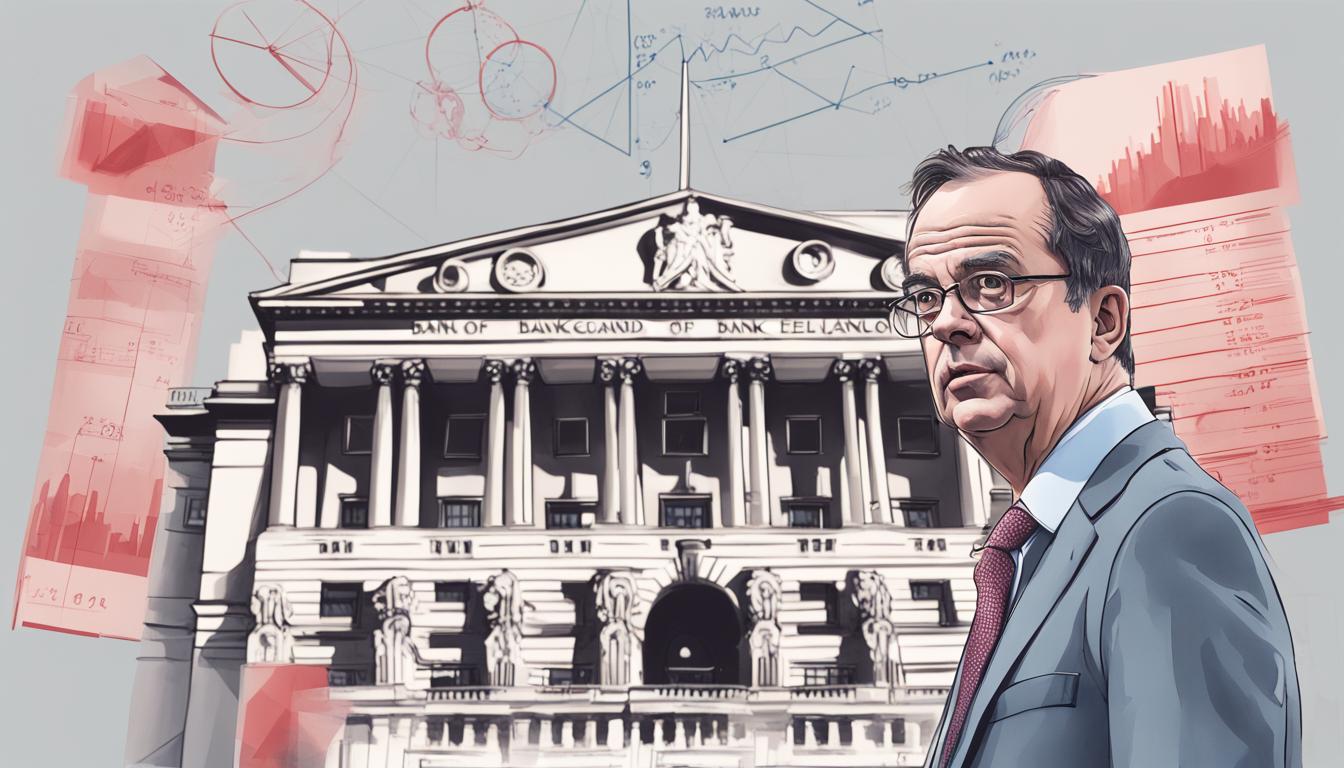The Bank of England maintains the rate at 5.25% for the sixth time, driven by the need for evidences of sustained low inflation despite public and political pressures for reductions.
The Bank of England has maintained the interest rate at 5.25%, the sixth consecutive time this rate has been upheld, and the highest in 16 years. Governor Andrew Bailey indicated that while the bank is optimistic about economic improvement, including a stabilising inflation around the target level of 2%, a rate cut would only be considered once there is further evidence of sustained low inflation. Current expectations suggest a potential rate reduction as early as June, with a more likely scenario being in August or September.
Despite some pressures from political quarters and sections of the public for reduced rates to ease borrowing costs, especially for mortgage holders, the bank has emphasized its independence in decision-making processes. The unchanged rate has had mixed reactions across different sectors; while it maintains higher returns for savers, borrowers continue to face high costs. The Monetary Policy Committee’s decision was supported by a 7-2 vote, with two members favoring an immediate reduction to 5%.
In relation to the UK’s economic prognosis, the forecast has been slightly adjusted with expectations of a growth increment, driven by factors such as higher population growth and decreasing energy costs. The Consumer Prices Index inflation is currently on a downward trend, adding to the optimism for potential rate cuts later in the year.
The Bank of England continues to carefully monitor global economic trends and domestic financial indicators, including wage growth and productivity, to inform its future monetary policy decisions. The impending release of the official inflation rate for April is expected to play a critical role in shaping the Monetary Policy Committee’s decisions in their next meeting scheduled for June.













